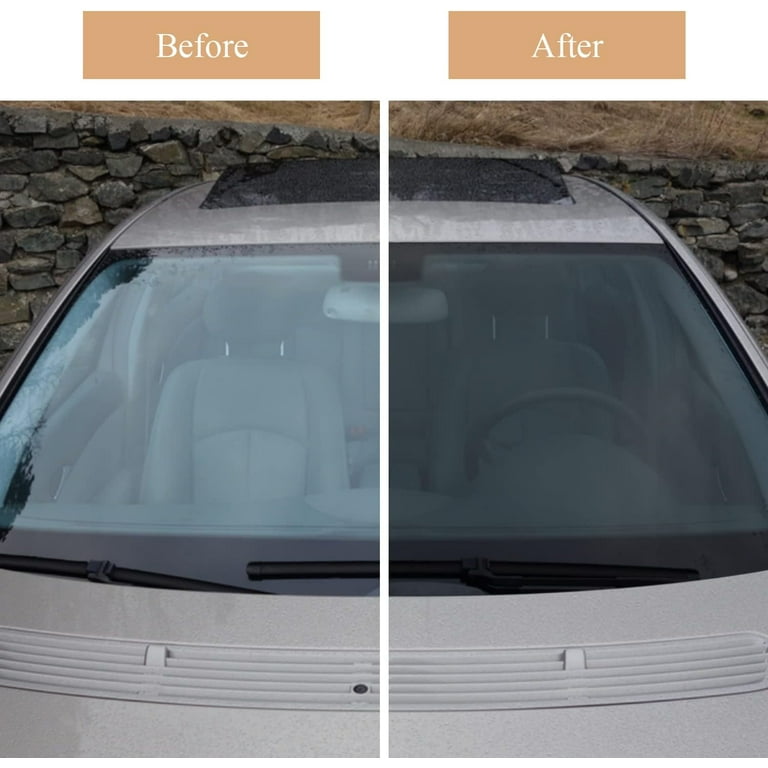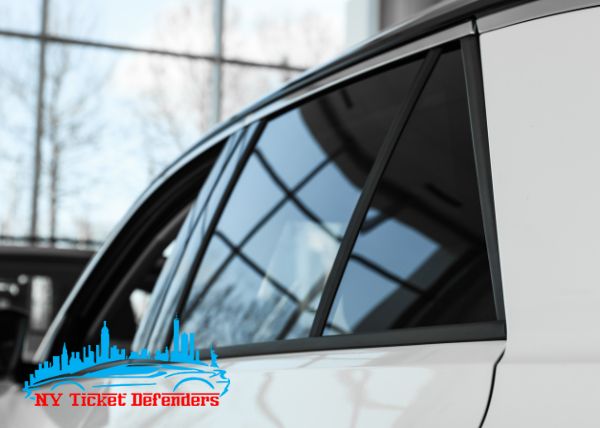How Vehicle Window Tinting Maintains Your Car Cool in Hot Weather
How Vehicle Window Tinting Maintains Your Car Cool in Hot Weather
Blog Article
Home Window Tinting Regulations and Standards: What You Required to Know Before Tinting Your Cars And Truck
Before continuing with home window tinting for your automobile, it is vital to acquaint on your own with the varied laws and guidelines that regulate this practice across different states. These laws determine the acceptable degrees of tint darkness, typically determined by visible light transmission (VLT) percentages, and consist of certain stipulations for front windshields aimed at making certain road safety. Additionally, particular territories might provide medical exemptions for people with qualifying problems. Recognizing these complexities can save you from potential lawful ramifications, yet what are the specific guidelines in your state?
Overview of Window Tinting Laws
Home window tinting legislations are often based on variant throughout various jurisdictions, reflecting local guidelines and safety considerations. These laws dictate the acceptable degrees of color darkness and reflectiveness on automobile home windows, ensuring that motorists preserve appropriate presence while also safeguarding against harmful UV rays and heat.
Many policies categorize home window tinting based upon the Visible Light Transmission (VLT) portion, which indicates the amount of light that can go through the window. Usually, lower VLT percents signify darker colors. Regulations frequently differentiate between the front, side, and back home windows, with more stringent constraints put on the front windscreen to boost safety for both the driver and other roadway users.
Furthermore, some jurisdictions enforce restrictions on the reflectivity of the tint, preventing too much glare that could harm visibility. Exceptions to these legislations may exist for people with particular medical conditions needing additional sun defense. Conformity with window tinting regulations is essential, as violations can lead to penalties, compulsory elimination of the tint, and possible increases in insurance premiums. Consequently, it is vital for car proprietors to acquaint themselves with neighborhood legislations prior to continuing with window tinting setups.
State-by-State Color Rules
Recognizing the specific home window tinting laws in each state is important for automobile proprietors seeking to abide by the regulation. Each state in the U.S. has actually established its own set of regulations regulating window tinting, which can differ dramatically. These regulations frequently dictate the permitted levels of color darkness, the sorts of windows that can be tinted, and any kind of medical exceptions that may use.
For circumstances, states like California have stringent constraints on color darkness for front home windows, while others, such as New Mexico, may allow darker tints. Furthermore, specific states mandate particular presence portions for different windows, consisting of the windscreen, front side home windows, and rear windows. It is vital for car proprietors to acquaint themselves with their state's regulations to avoid prospective penalties or penalties.
In addition, some states may call for a certification sticker label to be put on tinted home windows, showing conformity with state legislations. Failure to abide by these regulations not just takes the chance of lawful effects but can additionally impact safety and security and visibility while driving. Automobile proprietors must perform extensive research study or get in touch with regional authorities to ensure full understanding and conformity with state-by-state color guidelines.
Allowed Tint Kinds and levels
Lots of vehicle owners might be amazed to discover that allowed tint degrees and types vary extensively throughout various states. Each state has developed its own regulations pertaining to the allowable darkness and reflectivity of home window color, commonly determined by Visible Light Transmission (VLT) portions. VLT refers to the amount of light that can pass through the colored windows; thus, a reduced percent suggests a darker tint.

In addition, the sorts of tint products enabled can differ, with some states banning metal or mirror-like finishes. It is crucial for car owners to familiarize themselves with their state's certain legislations to ensure conformity. Non-compliance can lead to penalties, obligatory elimination of the tint, or other legal effects, making it necessary to recognize these guidelines prior to proceeding blog here with installation.
Medical Exemptions for Tinting
While not all states give allocations for clinical exemptions concerning window tinting, those that do recognize the necessity for specific people to enhance exposure and comfort due to medical problems. Different medical problems, such as lupus, skin cancer, and particular eye disorders, can make people specifically delicate to sunshine. As a result, these individuals may require darker colors to safeguard themselves from harmful UV rays and glow.

It is very important to note that also with a clinical exception, there might still be limitations on the level of tint allowed. Conformity with state regulations makes certain that people are both protected and within legal limits. Those thinking about clinical exemptions ought to call their regional Division of Electric motor Vehicles or equivalent authority to recognize the treatments and needs essential to obtain an exception effectively.
Charges for Non-Compliance
Stopping working to abide by home window tinting regulations can bring about substantial fines, which differ by state. Police are encouraged to issue citations for automobiles that do not adhere to the defined tinting policies. These charges commonly include penalties, which can vary from moderate amounts to several hundred dollars, relying on the severity of the offense and the state in inquiry.
In some territories, repeated offenses may result in intensifying penalties or additional fines, such as mandatory court looks. Non-compliance might demand the elimination of prohibited tinting, typically at the proprietor's expenditure. In extreme cases, regular offenders may face suspension of their lorry enrollment up until conformity is achieved.
Additionally, insurance coverage ramifications may emerge from obtaining numerous citations for home window color offenses. Insurance firms might watch such offenses as an indication of riskier behavior, possibly causing enhanced costs or problem in coverage.
To prevent these charges, it is critical for automobile owners to acquaint themselves with their local window tinting regulations and make sure that their car complies (Window Tinting). This aggressive strategy not just prevents legal ramifications yet also advertises roadway security
Conclusion

Many guidelines identify window tinting based on the Visible Light Transmission (VLT) percent, which indicates the amount of light that can pass via the home window. Compliance with window tinting guidelines is critical, as offenses can result in fines, required elimination of the tint, and potential rises in insurance policy premiums.Comprehending the certain window tinting guidelines in each state is vital for vehicle owners seeking to comply with the legislation. These laws typically determine the permitted degrees of tint darkness, the kinds of home windows that can be tinted, and any type of medical exceptions that may apply.
For instance, states like The golden state have strict limitations on tint darkness for front home windows, while others, such as New Mexico, might enable darker tints.
Report this page